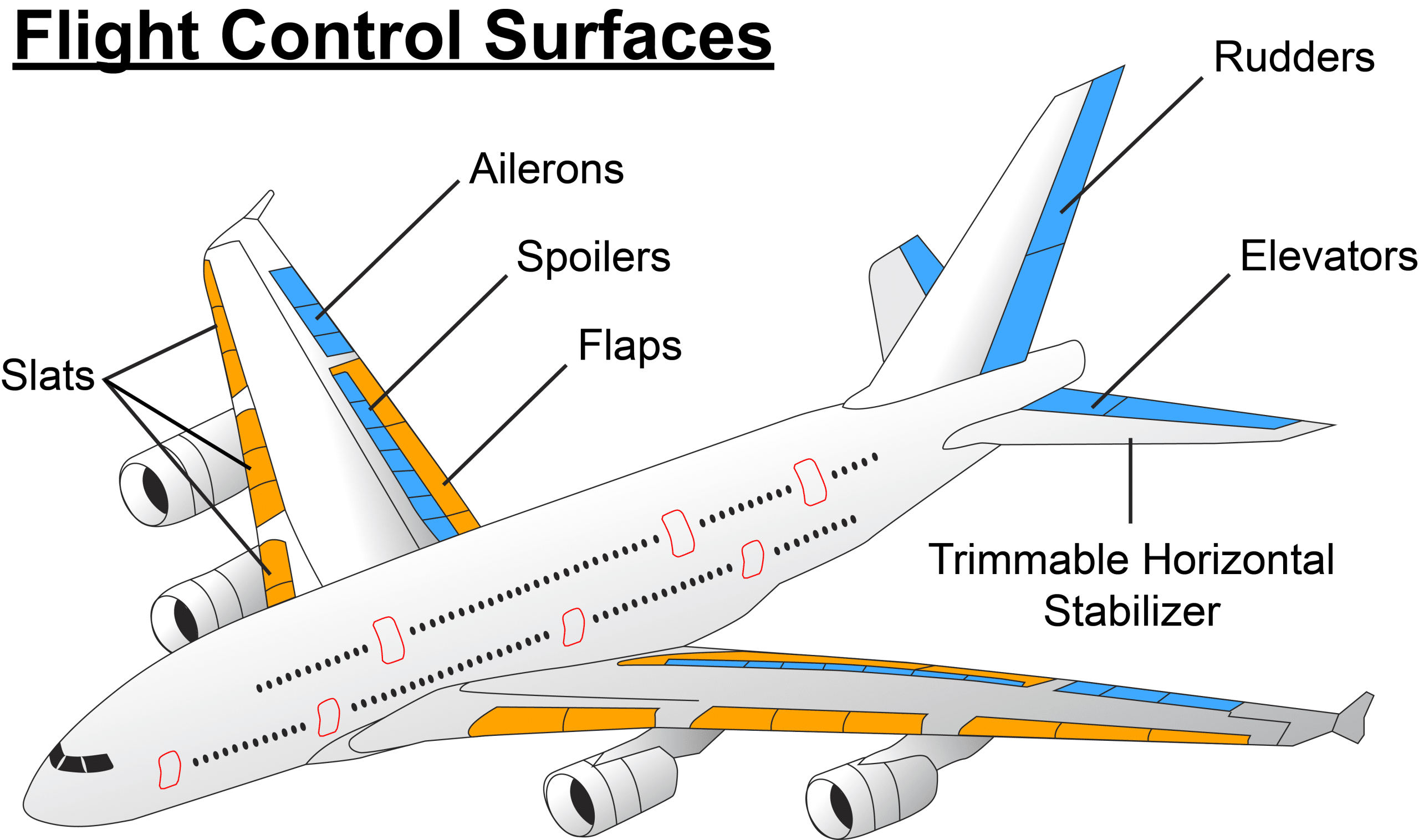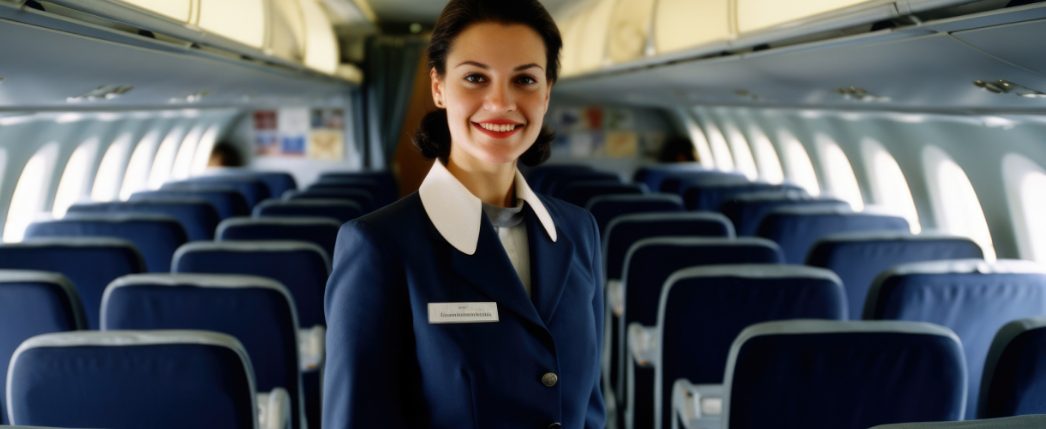


A thorough understanding of aerodynamics is vital for students undergoing pilot training and aviation education. Aviation schools and training programs incorporate aerodynamics into their curriculum to provide students with the knowledge and skills needed to operate aircraft safely and efficiently.
In flight training, students learn about the principles of aerodynamics through a combination of classroom instruction, flight simulator sessions, and practical flight experience. They study topics such as the four forces of flight (lift, weight, thrust, and drag), aircraft stability and control, and the effects of various flight manoeuvres on aerodynamic forces
As aviation technology continues to evolve, so too will our understanding of aerodynamics. Advances in computational fluid dynamics (CFD) and aerodynamic modelling techniques have opened new avenues for research and innovation in aircraft design and performance.
Moreover, aviation education emphasizes the importance of applying aerodynamic principles to real-world scenarios. Pilots must be able to anticipate and respond to changes in aerodynamic conditions during flight, such as turbulence, wind shear, and adverse weather conditions. Understanding aerodynamics enables pilots to make informed decisions and maintain control of the aircraft in all situations.
Furthermore, the integration of electric propulsion systems, supersonic travel, and unmanned aerial vehicles (UAVs) presents new challenges and opportunities in the field of aerodynamics. Aviation educators and researchers are at the forefront of exploring these emerging trends and preparing the next generation of aviation professionals to navigate the complexities of aerodynamics in the modern aviation landscape.
Aerodynamics is a cornerstone of aviation education, providing the foundation upon which pilots and aviation professionals build their expertise. By mastering the fundamentals of flight and understanding the principles of aerodynamics, students gain the knowledge and skills needed to excel in the dynamic world of aviation. As technology continues to advance, the study of aerodynamics will remain essential for shaping the future of flight and unlocking new possibilities in aviation.
